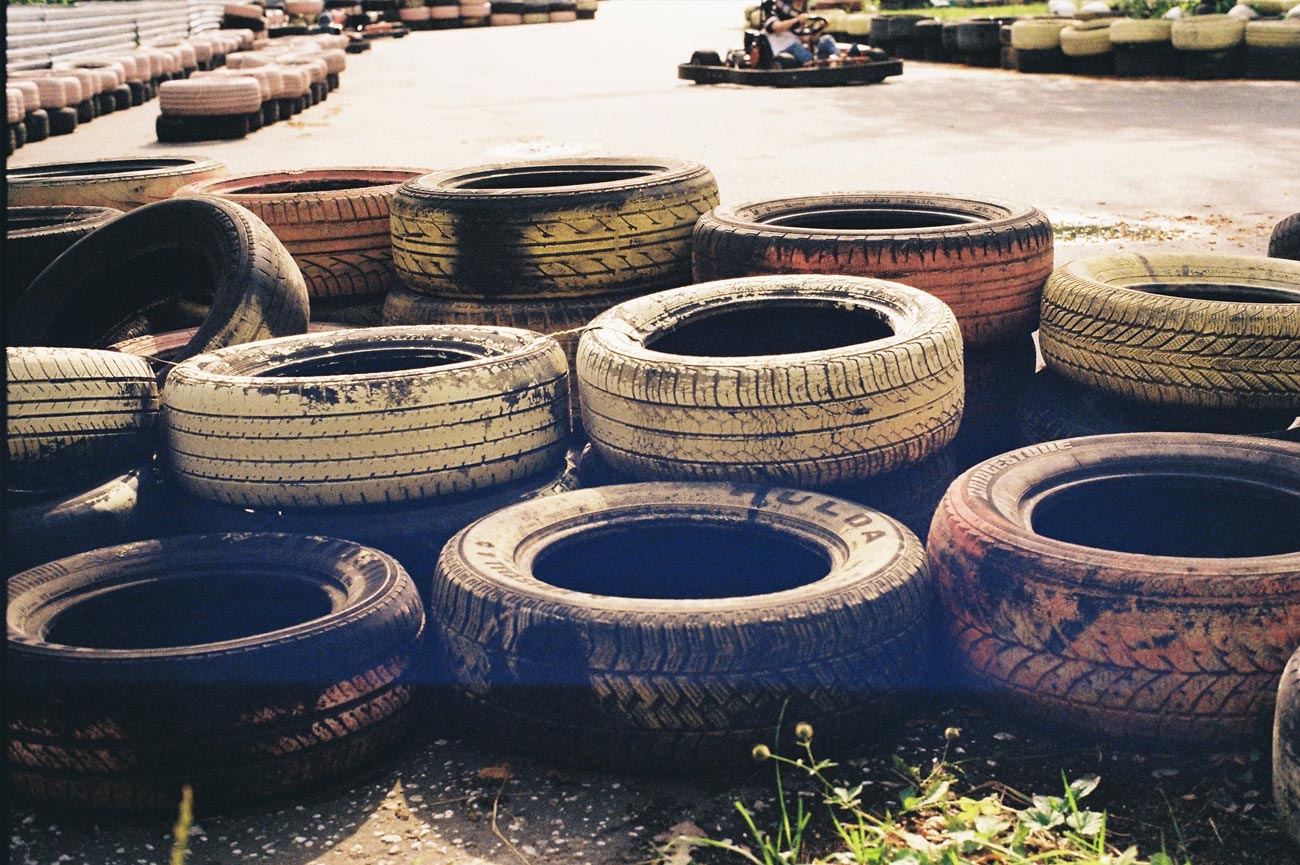Film vs Digital Quality Comparison Myth

Photo by Nata Madilyan. Licensed under CC BY 2.0
The dynamic range between film and digital photography is too complex to compare. Many photographers have attempted to compare film and digital images, but most have varying results. Some say that digital cameras need more of a dynamic range as much as three or four stops, yet others contend that digital cameras show a much larger dynamic range that either print or slide film.
But one thing is certain, each claim seems to have major inconsistencies. For instance, many people compare the quality of a digital photograph to the quality of a scanned negative. Immediately, one has to think, how can you compare a first generation image to a second generation scan? This would be like comparing a print to the computer screen, it’s just not going to work.
The simple fact is that comparing digital to film quality is like comparing apples to oranges. One cannot simply go out with a digital camera and a film camera and compare the quality of each. There is too much to consider, including:
- Type of film
- Size of film
- Type of sensor in digital camera
- Sensor size
- Type of scanner
The real question becomes, how do you match a film camera with a digital camera? One exposes film and the other makes digital conversions from an analog sensor. Perhaps the fairest way of making a comparison would be to print the best possible print from a digital camera and inkjet printer, and then print the best possible print from a film camera and a lab darkroom. But then it would likely come down to a difference of opinion rather than fact, much like asking someone which shade of color is better – it’s just a personal preference.

















